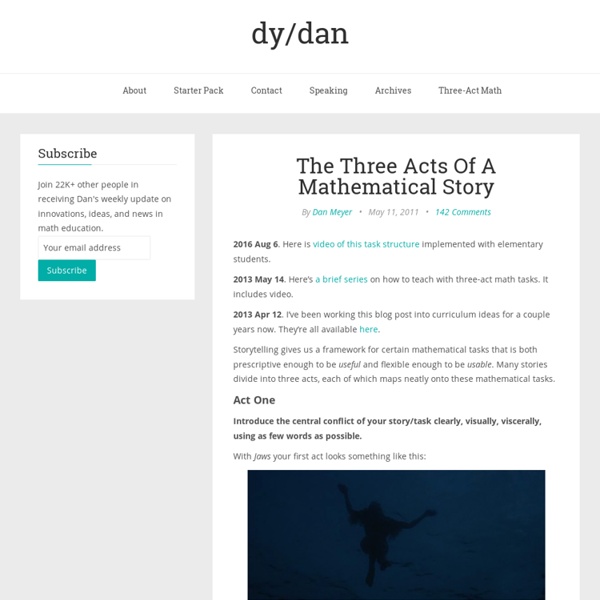Creative Math Problem Solving
Please enable JavaScript to view this page content properly. Joy of Mathematical Problem Solving This website is a resource for anyone who wants to enjoy creative math problem solving. Math games, puzzles, magic tricks and interesting real life contexts can be used to cultivate love for creative math problem solving. For ages, people have enjoyed activities such as games, puzzles and magic shows. Therefore, it is not surprising to find students enjoying similar activities based on mathematics.Underlying reasons why we enjoy games, puzzles and magic are somewhat different.
theconversation
A common view is that students learn maths best when teachers give clear explanations of mathematical concepts, usually in isolation from other concepts, and students are then given opportunities to practise what they have been shown. I’ve recently undertaken research at primary and junior secondary levels exploring a different approach. This approach involves posing questions like the following and expecting (in this case, primary level) students to work out their own approaches to the task for themselves prior to any instruction from the teacher: The minute hand of a clock is on two, and the hands make an acute angle. What might be the time?
ALL STRANDS - Open-Ended Math Problems
Open-Ended Math Problems This site is for the specific purpose of preparing Middle School students for OPEN-ENDED problem solving on standardized tests. We have divided each month into the five strands from the Philadelphia math standards:Number Theory Measurement Geometry Patterns, Algebra, and Functions Data, Statistics, and Probability There are three levels of difficulty for each standard.
Old school or new? Math teachers debate best methods as Canadian scores fall
Don’t get math teachers started on best teaching practices. The discussions are emotional, heated and they don’t agree on much – except that Canadian kids are falling behind their peers in other countries, and there’s no clear solution. There are generally two camps: those in favour of the old-school method to lecture kids with a “drill-and-kill” format that preaches practice, and another, ever-growing group that believes a more creative approach is needed to engage students. At a recent event in Toronto, dozens of teachers waited in line to take selfies with math-teaching celebrity Dan Meyer, delaying his keynote talk at the Ontario Association for Mathematics Education conference.
Problem Solving - Potent Math Problems
. . . are problems that have the potential to deepen understanding of significant mathematics through multiple answers approaches to an answer interpretations extensions perspectives on a mathematical idea layers of complexity algorithms Problems with multiple solutions and/or multiple approaches are often called open-ended problems, although many other problems also go by that name. Open and open-ended problems are frequently used in Japanese classrooms to achieve deep understanding of mathematical concepts. In American classrooms, they can be used effectively with teaching methods like the SPOSA model. Although we are developing a database of potent problems, we don't pretend that by themselves the problems will lead to deep understanding.
Learn math without fear, Stanford expert says
Stanford Report, January 29, 2015 Stanford Professor Jo Boaler says that students most effectively learn "math facts" working on problems that they enjoy, rather than through exercises and drills they fear. Speed pressure, timed testing and blind memorization damage children's experience of math, she says.
Probelm Solving - SPOSA
The SPOSA model of teaching Larry Copes This is problem-based teaching in the sense that the mathematical ideas grow out of work on the problem, rather than proceeding work on the problem. Set the context.
Tackling the school industry mathematics divide
This article consists of edited extracts from Identifying and Supporting Quantitative Skills of 21st Century Workers: Final Report. Prepared by the Australian Association of Mathematics Teachers and the Australian Industry Group, © Commonwealth of Australia 2014. The teaching of mathematics in secondary schools and the use of mathematical skills in the workforce are very different.



